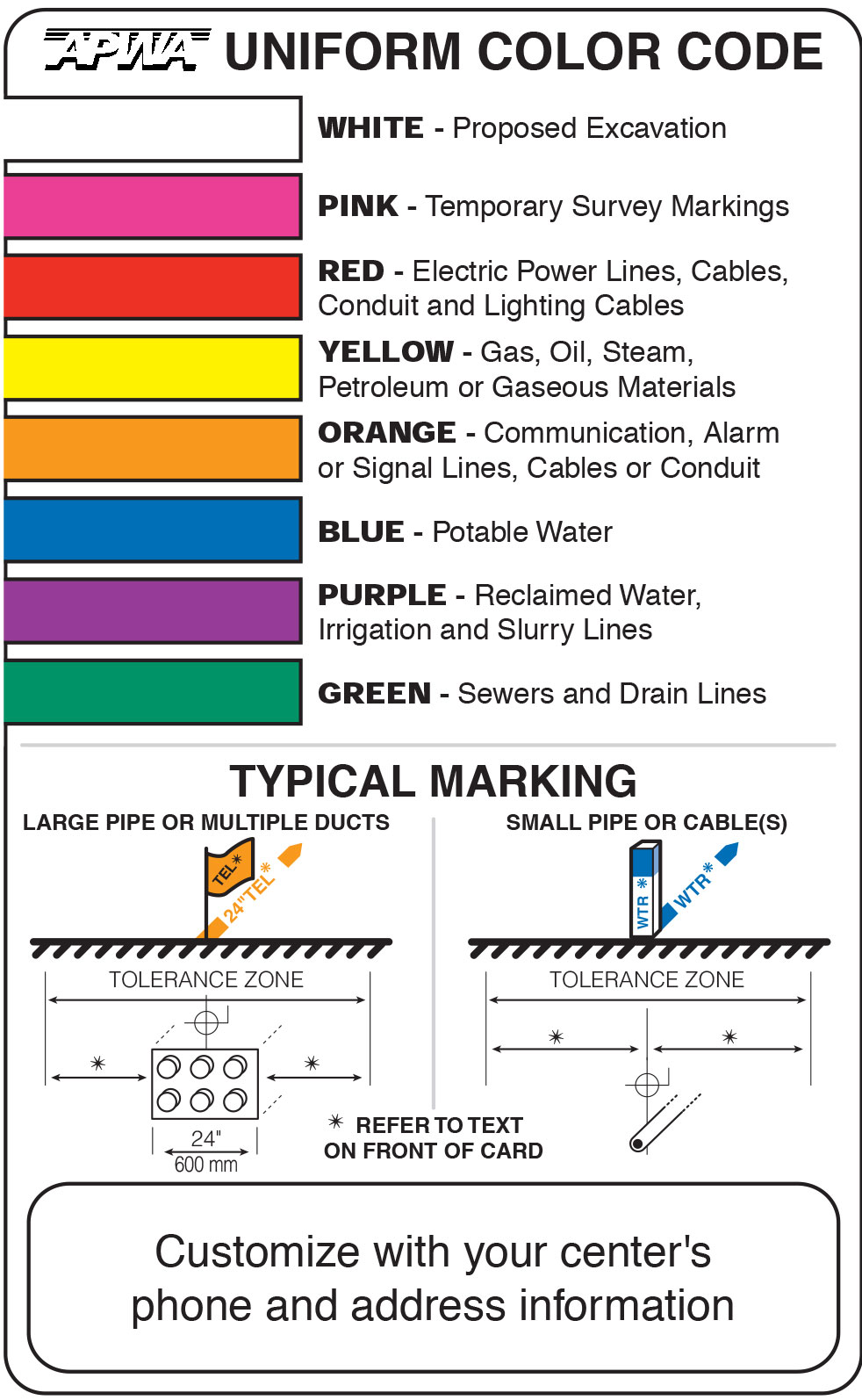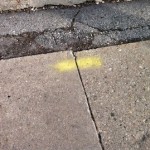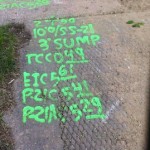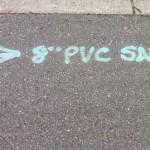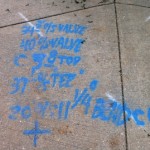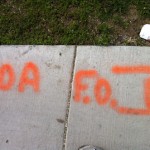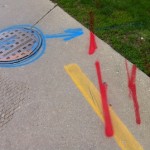Close To The Street
Long ago, in my senior year of High School, I took an elective class with the somewhat meaningful name of L.E.A.P. Taught by a somewhat radical (for the time) teacher, the acronym was a perfect fit not only for the teacher but also for the purpose of the class itself. LEAP stood for “Learning and Education through Active Participation”.
The whole purpose of the class was to move the classroom… well out of the classroom and into the city where we lived. One of the basic philosophies that the class centered around was that the structure of the city itself, built around the car and freeways, prevented you from really learning about the city, its places and the people who live there. A significant part of the class involved getting us off the California
Freeways, out of our cars and onto the sidewalks of downtown Los Angeles (a totally fear-laden concept at the time).
The influence of that class and the immersion into the place where I lived has had a lingering effect on me for the 40 years since I said good bye to my High School experience. I am sure that LEAP had a part in building my dislike of automobile centric commuting, and building a preference toward biking to and from work or (in the colder months), taking public transportation.
Both biking and riding public transportation especially biking) take you out of your isolation and into a world that I like to refer to as “close to the street”. Exactly what the LEAP class was designed to do
As part of the preparation for my upcoming Minneapolis to Chicago bike ride this summer, I have been combining my daily commutng with training. At first, the early mornings were a bit of a drag (it could be because of the three hills I have to climb between my home and my work) but lately my attitude has been changing due, in part, to the fact that I am discovering a lot of things from my bicycle that would be totally lost to me in the car.
One particularly fascinating mystery I see everywhere I bike is the cryptic “art work” painted on the street.
Through a bit of research, I discovered that these markings are there to indicate pipes, wires and I am sure other various mysterious items that are buried beneath the street.
To the construction crews that are about to come along with their diggers and churners, I am sure that these marks have saved a lot of time and lives. To bikers and walkers and others close to the street, this “street cryptography” might mean that in the next couple of weeks, their daily commute is going to get a bit more interesting.
Although they appear to be somewhat random, there is a graceful order and discipline to them. Probably most important is that the colors used for these markings are not random. The color scheme used for these markings are set by the American Public Works Association (APWA) Uniform Color Code.
ADOPT UNIFORM COLOR CODE
The American Public Works Association encourages public agencies,
utilities, contractors, other associations, manufacturers and all others
involved in excavation to adopt the APWA Uniform Color Code, using
ANSI standard Z535.1 Safety Colors for temporary marking and facility
identification.
As far as the words used in the markings, it seems, if there are words, they usually indicate who actually owns or is responsible for the stuff under the mark. In the marks I have seen, I usually see words like “AT&T”, “DOA F/O” (which I think is used to indicate that the fiber optic is owned by the Wisconsin Department of Administration — although I still think it stands for ‘Dead on Arrival’) or a very complex set of instructions for the folks that are going to come along with shovels.
Here’s a collection of “street graffiti” that I collected from one of my recent cycle outings. I’ll add others as I see them.
Mystery solved!
- This is probably the simplest of all street markings. Yellow indicates a gas line below.
- As near as I can tell, this is some information about a sewer line that runs under the driveway.
- Here’s another sewer line indicator. It’s an 8-inc PVC pipe. SAN means “sanitary”
- Water main…. I think !
- Fiber Optics (it’s not an ‘H’ on its side)
- The intersection of water and an underground electric line.
